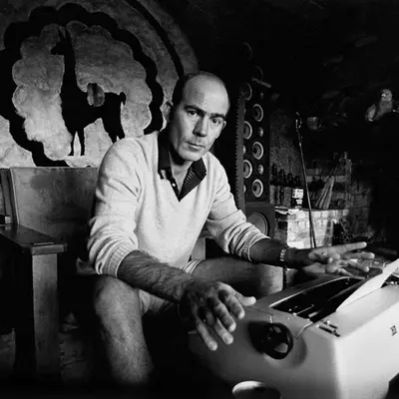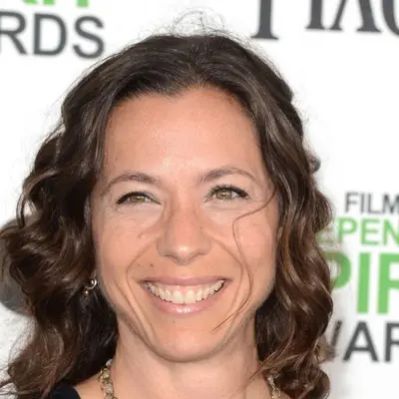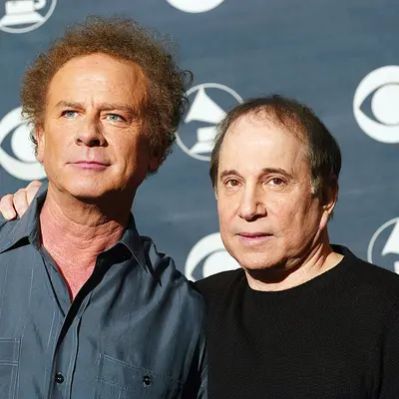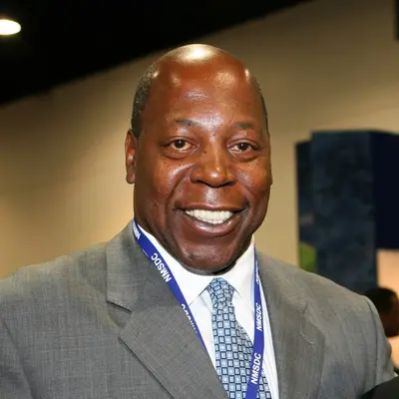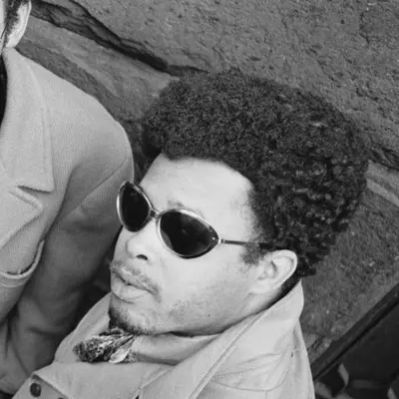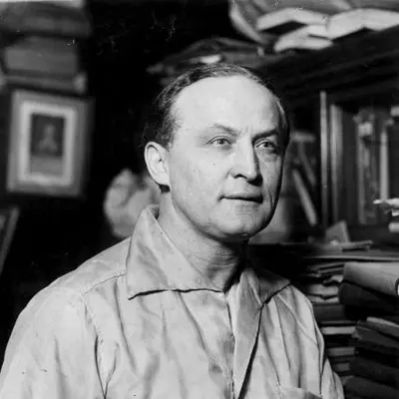What Is Hunter S. Thompson’s Net Worth?
At the time of his death, Hunter S. Thompson, the iconic American journalist and author, had a net worth of $5 million. This figure primarily reflects his earnings from a prolific writing career that spanned several decades, encompassing book royalties, magazine articles, and other literary endeavors. While specific details regarding the breakdown of his assets (e.g., real estate holdings, investment portfolios) are not publicly available, his primary source of wealth was undoubtedly his literary output. His most famous work, “Fear and Loathing in Las Vegas,” significantly contributed to his net worth, along with “Hell’s Angels: The Strange and Terrible Saga of the Outlaw Motorcycle Gangs,” and numerous articles for publications such as Rolling Stone and ESPN.
Early Life and Career Beginnings
Hunter Stockton Thompson was born on July 18, 1937, in Louisville, Kentucky. His early life, marked by the loss of his father, Jack Thompson, when Hunter was just 14, undoubtedly shaped his worldview and later literary themes. He attended I.N. Bloom Elementary School, and was a student at Highland Middle School, Atherton High School, and Louisville Male High School. In 1952, Thompson became a member of the Athenaeum Literary Association. His formal education was interrupted by legal troubles; he was expelled from the Athenaeum Literary Association in 1955 after being involved in a robbery and served 31 days in prison. Following his release, he enlisted in the United States Air Force, where he was stationed at Elgin Air Force Base in Florida. During his service, he attended night classes at Florida State University and secured his first professional writing role as a sports editor for the Command Courier. This position, while modest, provided him with foundational experience in journalism and paved the way for his subsequent literary career. He received an honorable discharge as an airman first class in 1958.
After leaving the Air Force, Thompson briefly worked as a sports editor for a Pennsylvania newspaper before relocating to New York City. He audited classes at Columbia University and later worked as a reporter for the Middletown Daily Record. In 1960, he moved to San Juan, Puerto Rico, to work for the sports magazine El Sportivo. However, the magazine soon ceased operations, leading him to work as a stringer for the New York Herald Tribune and other papers covering the Caribbean. He then returned to the United States, hitchhiking along US Highway 40 to Big Sur, California, where he worked as a security guard and caretaker at Slates Hot Springs. During the early 1960s, Thompson wrote the novels “Prince Jellyfish” and “The Rum Diary.” While “Prince Jellyfish” remained unpublished, “The Rum Diary” was eventually published in 1998, adding to his literary portfolio and contributing to his overall net worth years later. His time in South America in 1962, working as a correspondent for the National Observer and a reporter for the Brazil Herald, further broadened his journalistic experience and provided material for future writings.
“Hell’s Angels” and the Rise to Fame
In 1965, Thompson’s career took a significant turn when he was commissioned by The Nation editor Carey McWilliams to write a story about the Hells Angels motorcycle club. The resulting article, published that May, generated considerable interest and led to numerous book offers. Thompson chose to immerse himself in the world of the Hells Angels, living and riding with them to gain firsthand experience. This immersive approach, while ultimately leading to a breakdown in the relationship due to the Angels’ perception of exploitation, resulted in his first major literary success: “Hell’s Angels: The Strange and Terrible Saga of the Outlaw Motorcycle Gangs,” published in 1966. The book’s critical acclaim catapulted Thompson to fame and financial stability. Following this breakthrough, he began writing for national magazines such as Esquire and Harper’s, commanding higher fees for his articles and further increasing his earnings. While specific financial figures related to the book’s sales and article fees are not publicly available, it is clear that this period marked a significant upswing in his net worth.
Gonzo Journalism and “Fear and Loathing in Las Vegas”
The year 1970 marked a pivotal moment in Thompson’s career and the birth of gonzo journalism. His article “The Kentucky Derby Is Decadent and Depraved,” published in Scanlan’s Monthly with illustrations by Ralph Steadman, is widely considered the genesis of this unique and influential journalistic style. This article, characterized by its energetic, subjective, and often outrageous first-person narrative, set the stage for his most iconic work: “Fear and Loathing in Las Vegas.” Published in 1971, “Fear and Loathing in Las Vegas” cemented Thompson’s status as a literary icon. The novel, a roman à clef based on his experiences traveling to Las Vegas with his lawyer, Dr. Gonzo, to cover a narcotics officers’ convention, became a cultural phenomenon. Its enduring popularity and critical acclaim translated into significant financial rewards for Thompson through book sales, royalties, and film adaptations. While precise figures for these earnings are not publicly disclosed, the book’s widespread success undoubtedly formed a cornerstone of his $5 million net worth. Two film adaptations were spawned from this novel.
Later Work and Earnings
Following the success of “Fear and Loathing in Las Vegas,” Thompson became a prominent contributor to Rolling Stone magazine, covering the presidential election campaigns of Richard Nixon and George McGovern in 1971. His articles were later compiled and published as “Fear and Loathing on the Campaign Trail ’72.” However, a failed assignment during the end of the Vietnam War marked a decline in his mainstream journalism career. From the late 1970s onward, much of his writing was published as a four-volume series called “The Gonzo Papers.” He also authored additional books, including “The Curse of Lono” in 1983 and the memoir “Kingdom of Fear” in 2003. These later works, while not achieving the same level of commercial success as “Fear and Loathing in Las Vegas,” still contributed to his income stream through book sales and royalties. Additionally, his columns for the San Francisco Examiner, later published as collections, and his irregular contributions to Rolling Stone, provided ongoing revenue. Thompson concluded his journalism career by writing a weekly sports column for ESPN.com, further supplementing his income. Although detailed financial breakdowns of his earnings from these various sources are not available, it is evident that Thompson maintained a consistent income stream throughout his later career, contributing to his overall net worth.
Personal Life and Death
In 1963, Hunter S. Thompson married Sandra Conklin, and they had a son named Juan. The couple divorced in 1980. Approximately 23 years later, Thompson married his assistant, Anita Bejmuk. Sadly, after years of struggling with alcohol and cocaine abuse, exacerbated by depression, Thompson died by suicide in February 2005 at his home in Woody Creek, Colorado. His private funeral was attended by around 300 people, including prominent figures such as George McGovern, Jack Nicholson, Bill Murray, Benicio del Toro, Sean Penn, and Lyle Lovett. While the expenses associated with his lifestyle and substance abuse likely impacted his financial situation, his literary legacy ensured that his net worth remained substantial at the time of his death. It’s worth noting that despite his complex personal struggles, Hunter S. Thompson was able to amass $5 million.
 Net Worth Ranker
Net Worth Ranker
